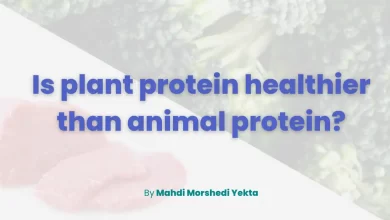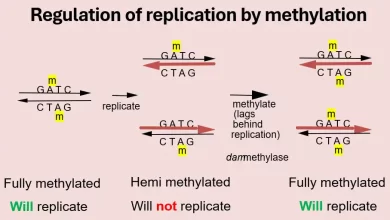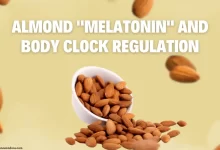
The “cell cycle” or “mitotic cycle” is a series of sequential processes effective in cell growth and division, producing daughter cells with identical genetic characteristics. To convert one cell into two compartments with identical genetic factors, it goes through stages with specific and regulated timing along the cell cycle pathway. The cell cycle has two main parts:
- Interphase: During the interphase stage, the cell grows and replicates DNA.
- Mitotic Phase: During mitosis, DNA replication and cytoplasmic contents are separated, dividing the cell into two daughter cells.
Interphase
During interphase, cells perform all their activities normally and prepare for cell division. Different conditions and prerequisites are required for a cell to transition from the interphase stage to the mitotic phase. Each interphase is divided into G1, S, and G2.
G1 phase
This is the first stage of interphase, during which the cell grows and organelles begin to divide. In G1 or (GAP1), the cell condenses its chromosomal units and produces and prepares proteins related to them. Additionally, the cell stores the energy required for DNA replication and cell division in the nucleus. G1 is the longest stage of interphase. At the end of this stage, proteins called “checkpoints” check the accuracy of DNA condensation.
S phase
The “S phase” or “Synthesis Phase” is a part of the cell cycle during interphase. During this phase, DNA strands begin to replicate, creating two identical copies of chromosomes called “sister chromatids.” These chromosomes are connected at the centromere region. During this phase, chromosomes consist of two sister chromatids called duplicated chromosomes. Centrosomes, known as “microtubule organizing centers,” divide and double during the S phase. Two centrosomes can form a mitotic spindle or a pair of centrioles that separate and move two chromosomes during the mitosis phase of cell division. Centrosomes contain a couple of centrioles that participate in the regulation of cell division. In many eukaryotic cells, such as some plant and animal cells, centrioles are absent.
G2 phase
The “G2 phase” is the second stage of the growth stages in the cell cycle. During this phase, the cell consumes all its stored energy to produce the necessary proteins for creating chromosomes ready for division. At the end of this phase, chromosomes have undergone duplication and compression. Cellular organelles, especially mitochondria and chloroplasts, duplicate, and the cellular skeleton disintegrates into smaller fragments to form a mitotic spindle. Centrosomes divide into two during this phase. A checkpoint in this phase also checks the cell’s readiness to enter mitosis.







